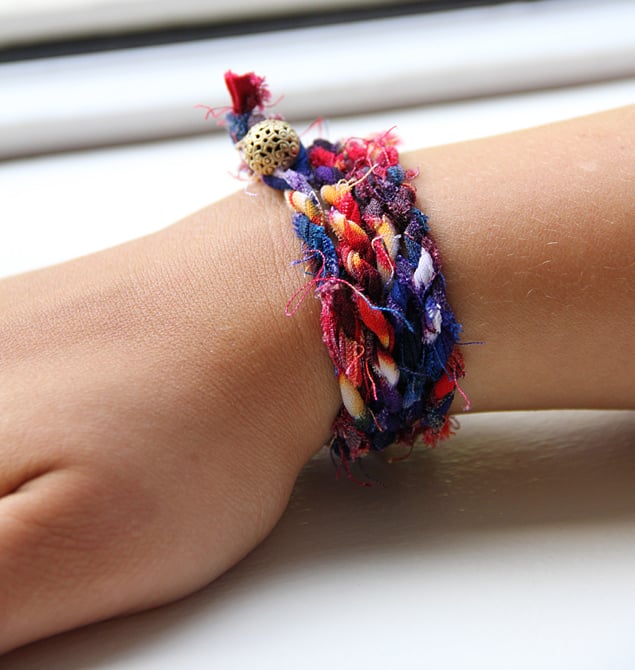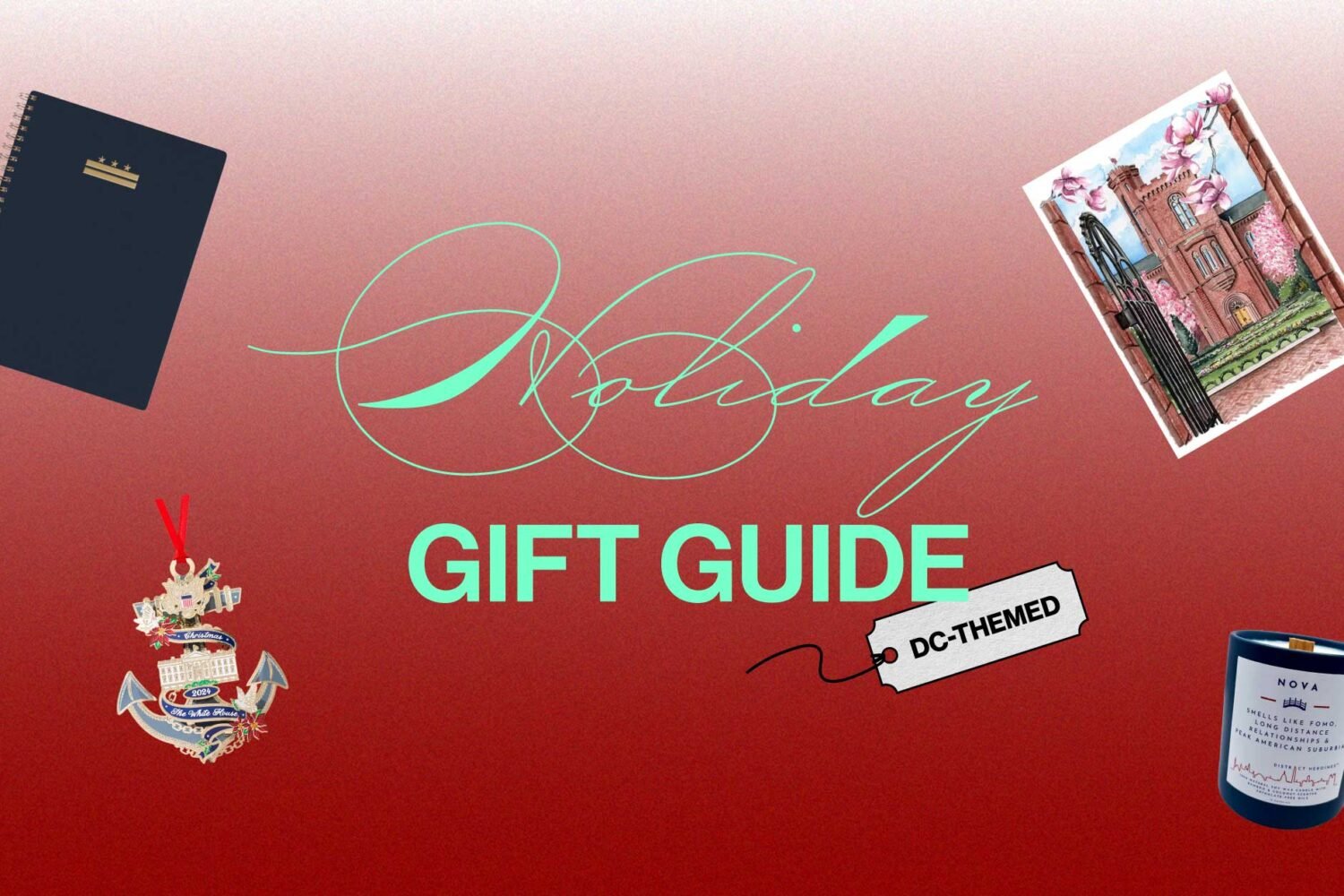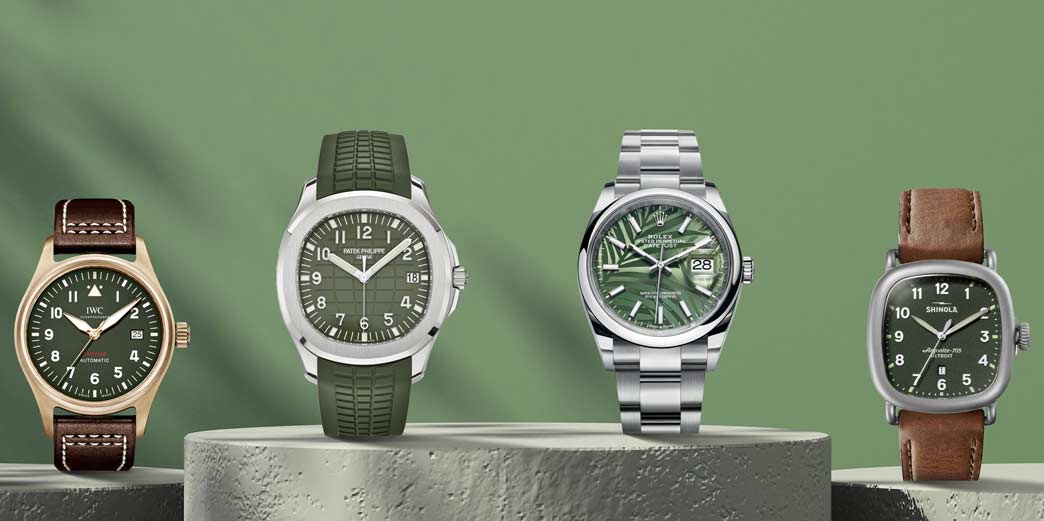1. Buyer beware. Most Craigslist (craigslist.com) ads contain photos. If there’s no photo, be wary. If a seller won’t answer questions about a piece, this is another bad sign. And not everything is a prize: My husband came home with a workbench bought on Craigslist that reeked of cat pee and never made it into the house.
2. Learn the lingo. If an item is described as “designer” or “European,” that often means it’s overpriced. An “antique” could be antique or it could be kitschy remnants from your own childhood. “World’s most comfortable” can mean “world’s most ugly,” and “shabby chic” often means more shabby than chic. “Scandinavian modern” usually means Ikea, as does “some assembly required.” (At any given time, Ikea furnishings can represent half of CL offerings.)
3. Timing is everything. The best time to shop seems to be late at night—send an e-mail immediately if you see something you like, or call in the morning. Well-priced, high-quality items go quickly; I never bother checking ads older than a day or so. Weekends are a busy time for new listings, as people are clearing out basements, attics, and garages. Most shoppers, however, tend to step away from their computers over the weekend, especially in nice weather.
4. Pay cash and carry. Sellers prefer cash; don’t expect anyone to take a check or credit card. If you make the drive to look at a piece, be ready to take it home. And it’s okay, when you’ve seen an item, to negotiate: Many sellers are willing to accept less than asking price to get rid of an item.
5. Search smart. Shopping on CL means sorting through hundreds of ads; use the search feature to narrow options. If you’re looking for a couch, also try searching for “sofa,” “love seat,” and “divan.” If you prefer certain brands—like Pottery Barn, Crate & Barrel, or Restoration Hardware—put the name in the search. If you don’t want to drive halfway around the Beltway, you can limit your search to your own Zip code or surrounding area.
More>> Shop Around Blog | Style | Find a Spa

















